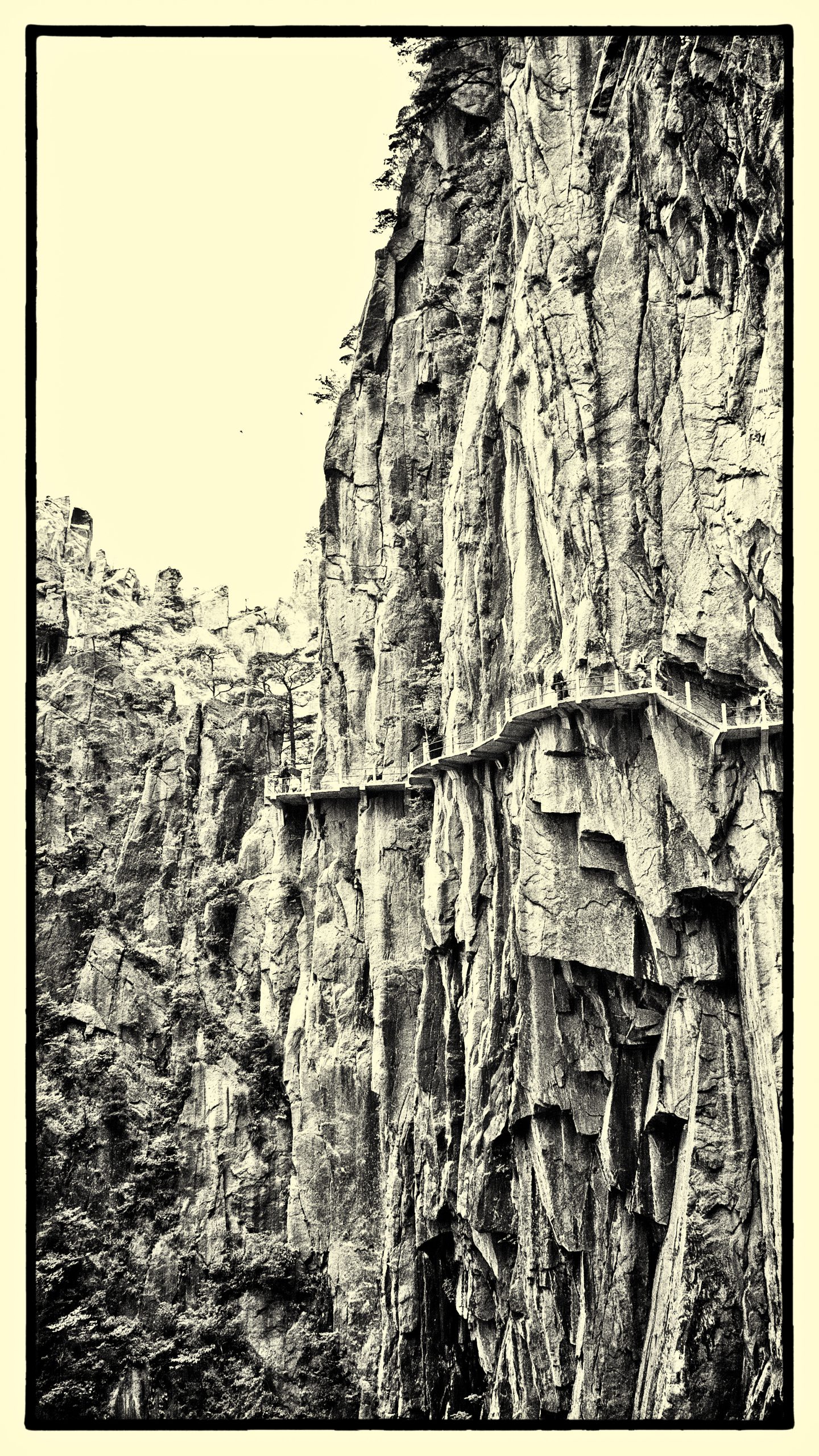This study began with the question “how do I capture feeling and or convey meaning in landscape images?”
Many of my shots are landscapes. In 2011 I took 20,846 pictures; 11,296 include the keyword landscape. This number reflects the reality that landscape photography represents a significant part of my work. I’ve found subject matter to be accessible yet the photography more difficult to master than anticipated. To get a shot that captures more than just the trees and rivers; that captures the moment; conveys a story; the feeling of the place is a challenge. In contrast, people photography benefits from the viewer’s innate ability to sense a subject’s feelings or emotion conveyed through the eyes or other physical attributes. Landscape photography has no eyes; no posture; no generally accepted interpretation. It exposes only beauty.
The approach I took was to study oriental landscape paintings and drawings. There are other areas that I could have studied, and that I may study in the future, so I acknowledge this approach represents just one vector.
It is not to say that I have not shot some reasonable landscapes. However, the technique to enable repeatability or at least improve the margin of success is what I seek. It is in this context that I look for other sources of inspiration; it was with this in mind that I read Learning Landscape Photography from the Masters of Painting by Patrick Smith.
Meaning and feel are conveyed through composition and the symbolism of the subject.
- compositional techniques include
- Simplification of the subject, such as by using the silhouette, reduced use of colour, reduce detail through fog
- Layering to present depth through the use tone
- Shape, detail and water
- Meaning through the symbolism of subject, such as the pine tree.

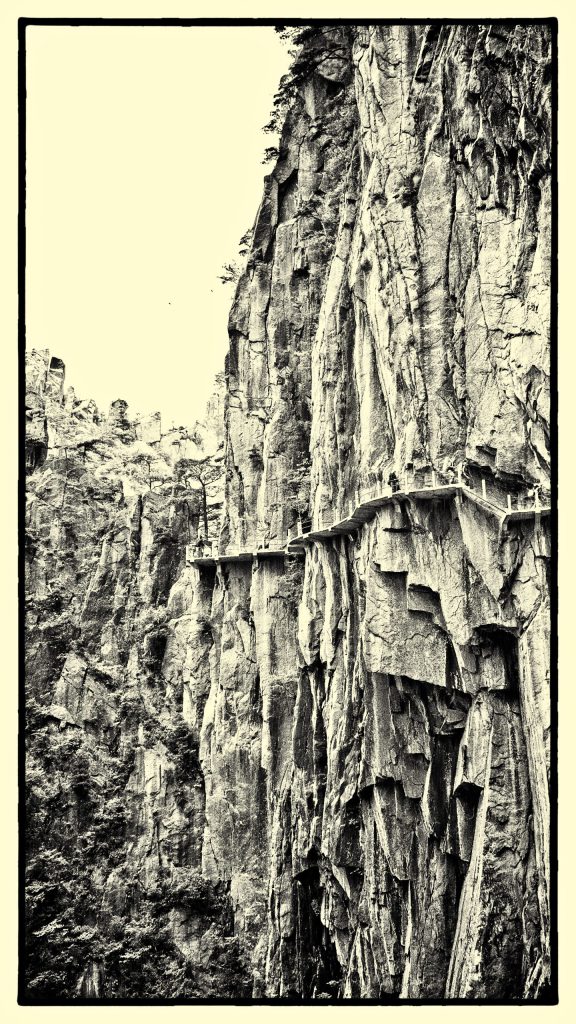






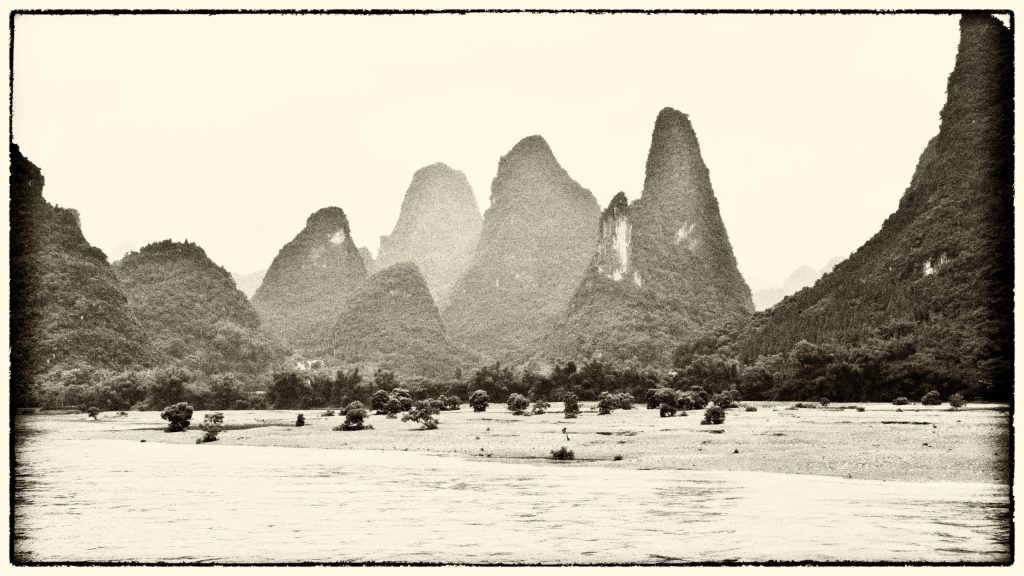
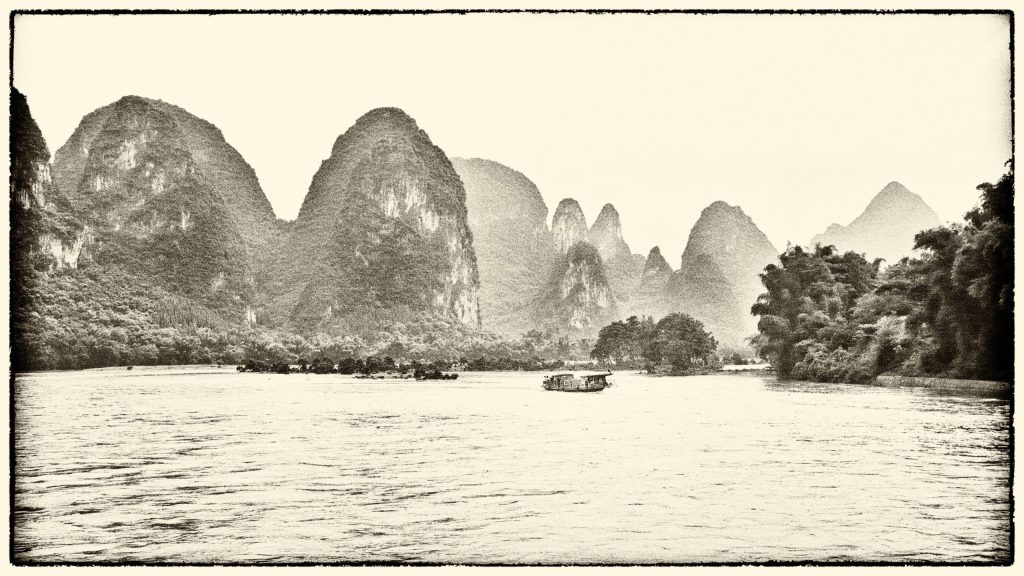

Blog Entries:
-
Landscapes: an Essay on Oriental Landscapes Part 1
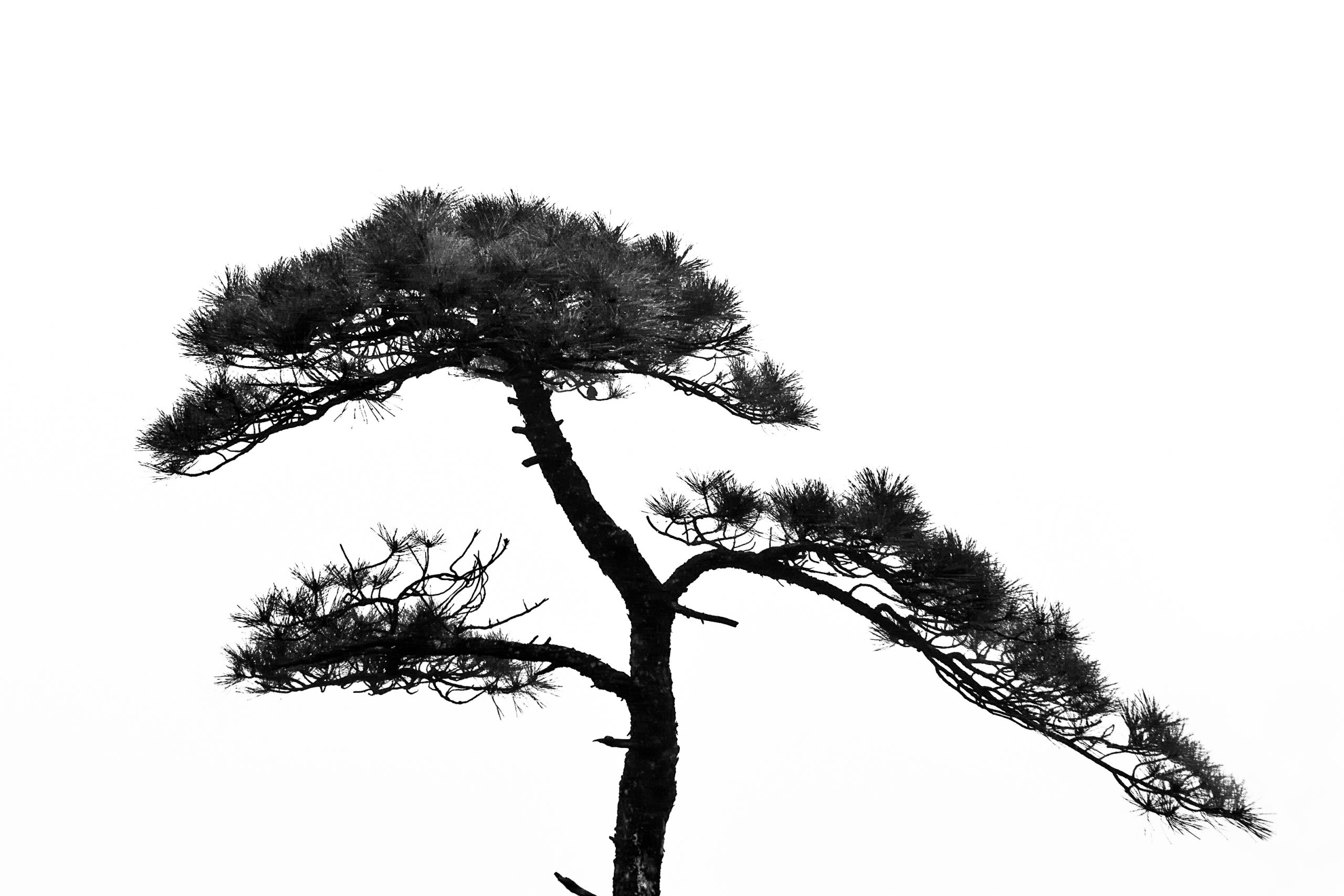
Many of my shots are landscapes. In 2011 I took 20,846 pictures; 11,296 include the keyword landscape. This volume reflects a number of realities in my life, travel being one of them. I’ve found this type of photography to be accessible yet more difficult to master than anticipated. To get a shot that captures more than…
-
Landscapes: An Essay On Oriental Landscapes Part 2
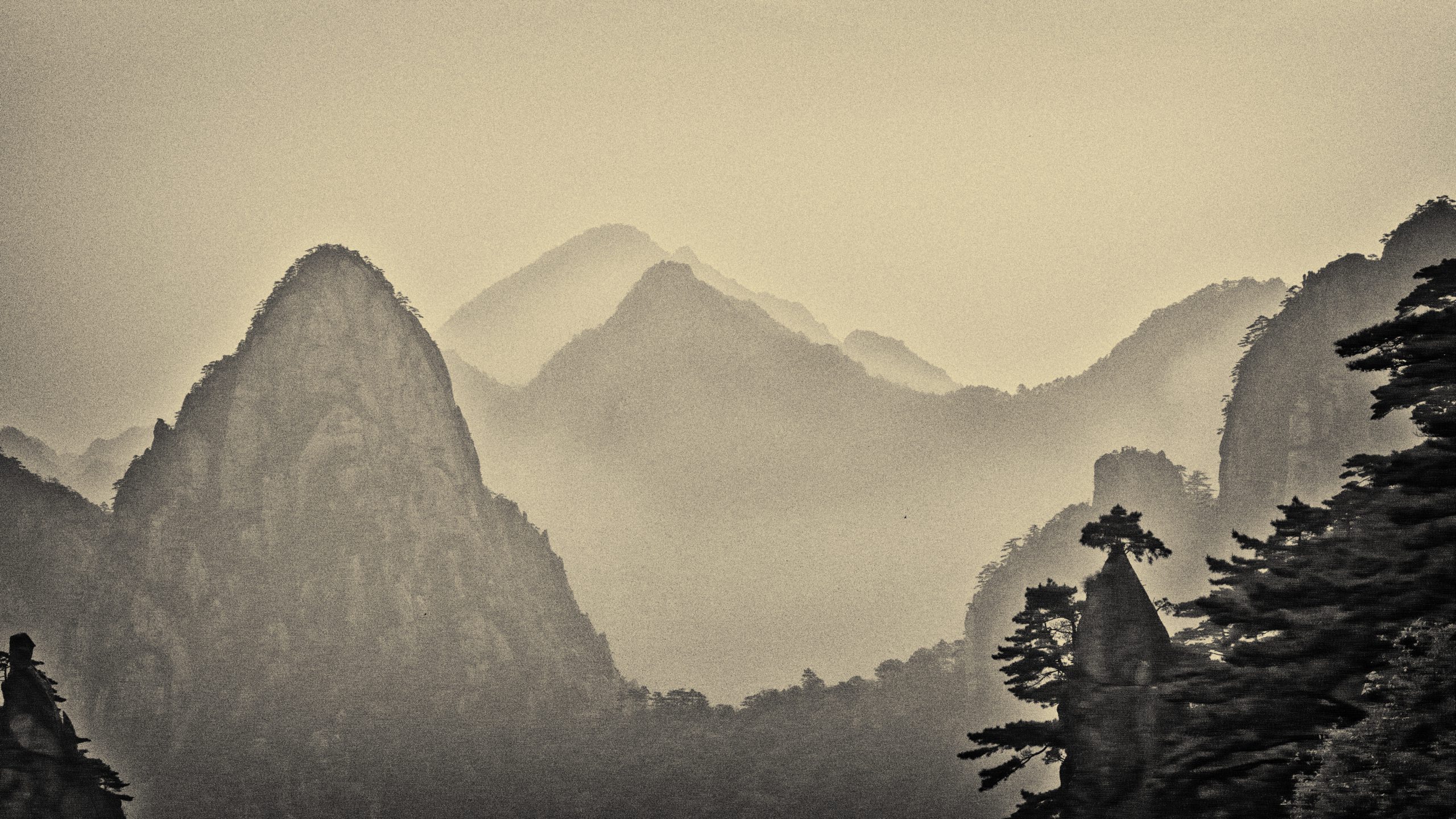
In the previous post I applied the use of silhouette and limited use of colour frequently used in oriental art to simplify the photograph, highlighting the basic structure and flow. In this example I use tonal variations to express depth. In Chinese Landscapes the artist will ensure that closer elements are darker than those…
-
Landscapes: An Essay On Oriental Landscapes Part 3
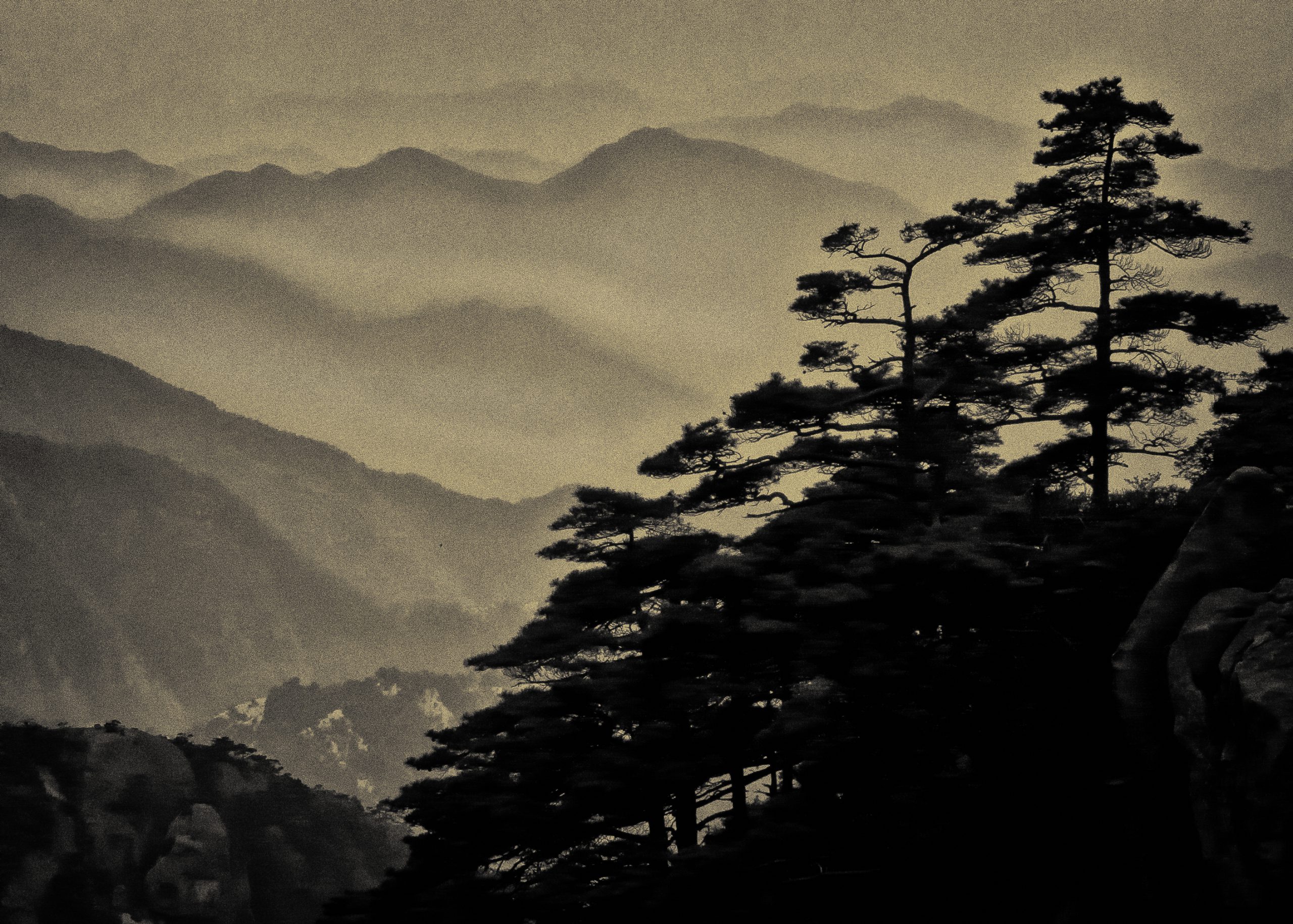
In the previous posting I explored the use of layering as used in orietnal art to develop a sense of depth. In this example I apply both silhouttes and layering in the same shot. The silhouette of the pines is layered in front of the mountains. The pines are offset from the mountains by…
-
Landscapes: An Essay On Oriental Landscapes Part 4
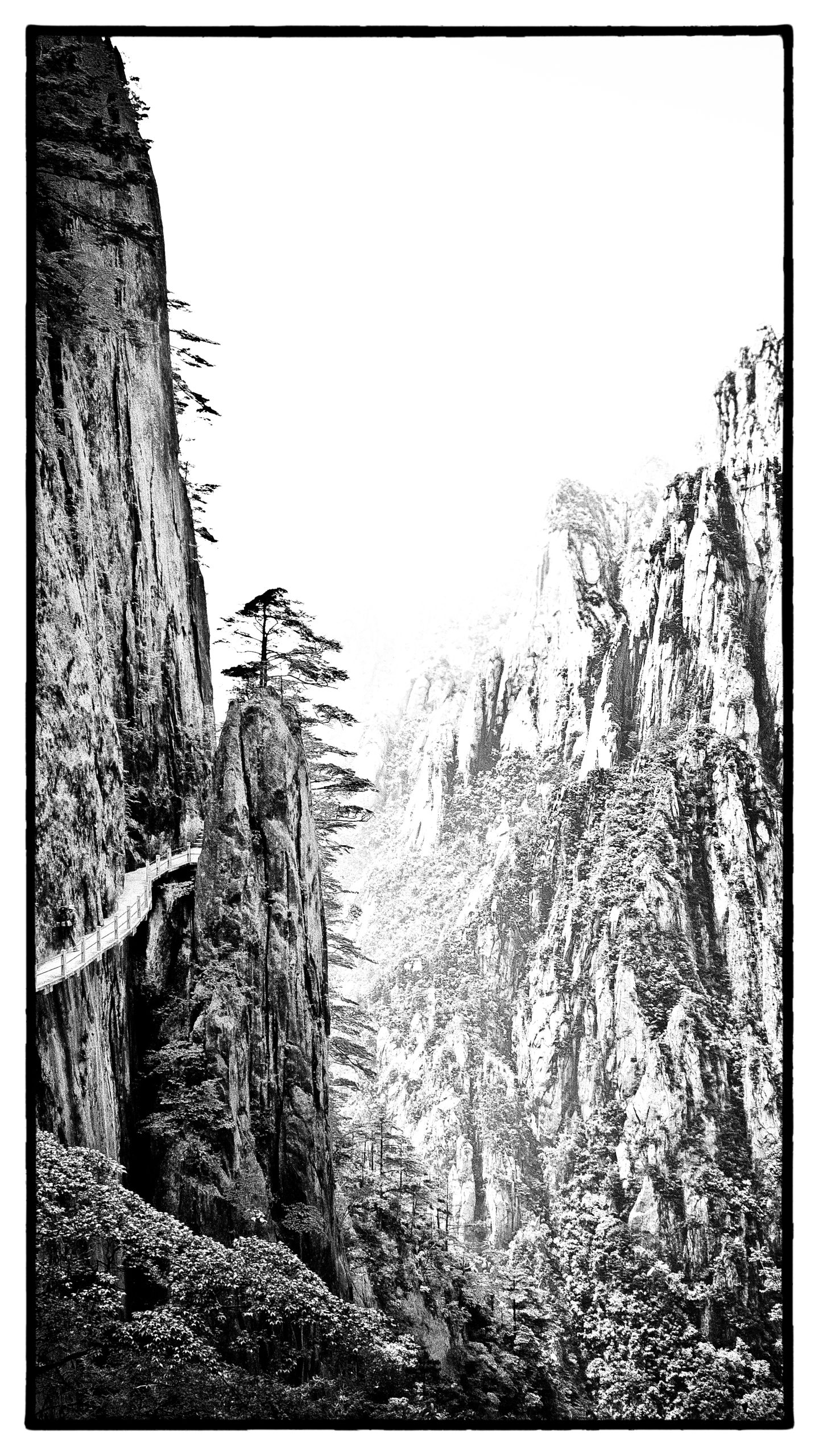
In the previous posting I explored combining layering and silhouette in the same shot. I also included adding colour to simulate the traditional silk surface. Another aspect of Chinese Landscape Art is the portrait view of a mountain, almost as a vertical panorama. In this example I explore the style that combines two elements:…
-
Landscapes: An Essay On Oriental Landscapes Part 5
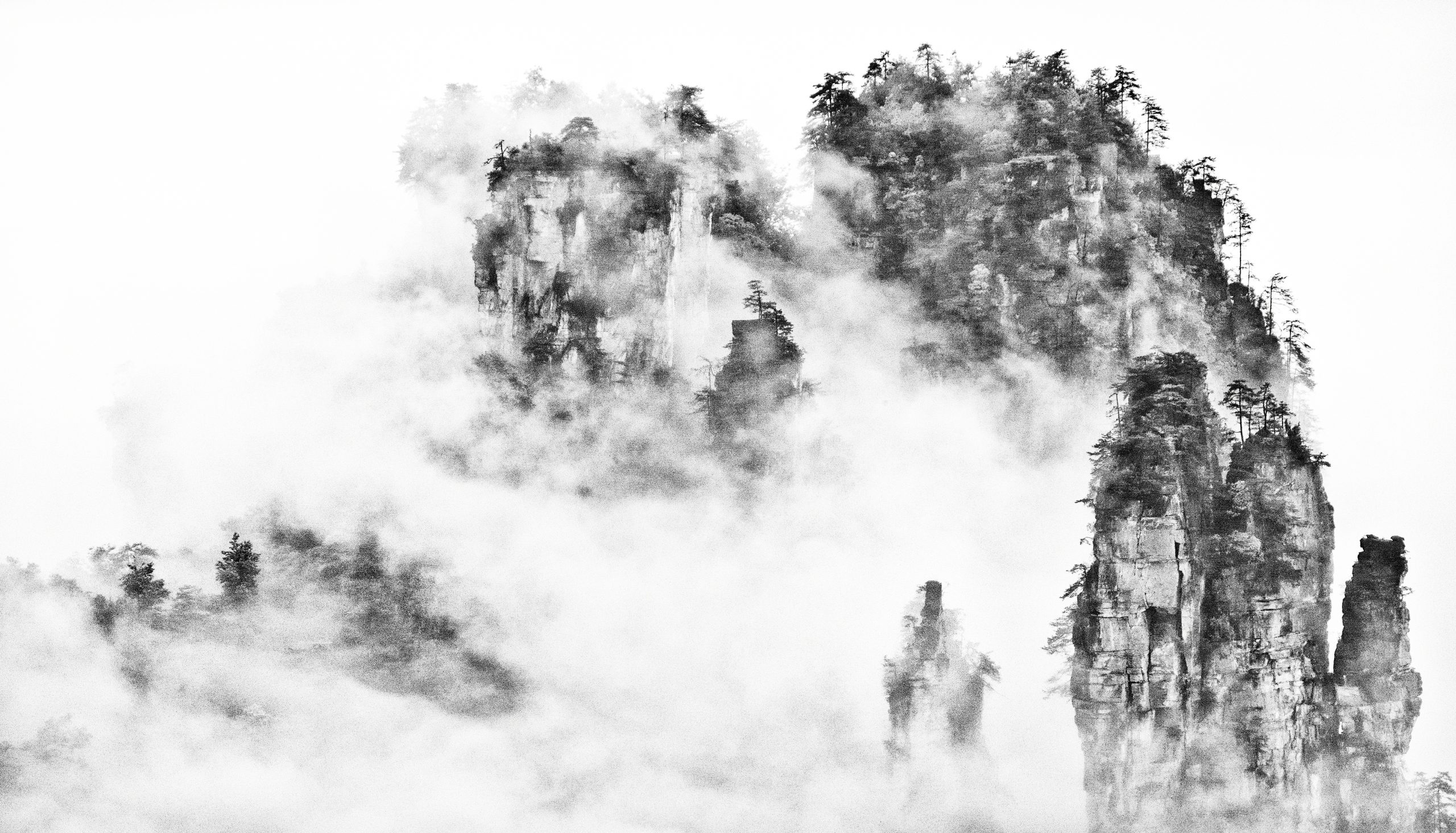
In the previous post I began exploring mountain portraits. Chinese Landscape Art often includes fog or clouds. Clouds offer a means to isolate: foreground elements from background; peer elements from each other. Clouds can have a simplifying effect by increasing the empty space, hiding complexity or breaking a larger possibly complex subject into smaller possibly…
-
Landscapes: An Essay On Oriental Landscapes Part 6
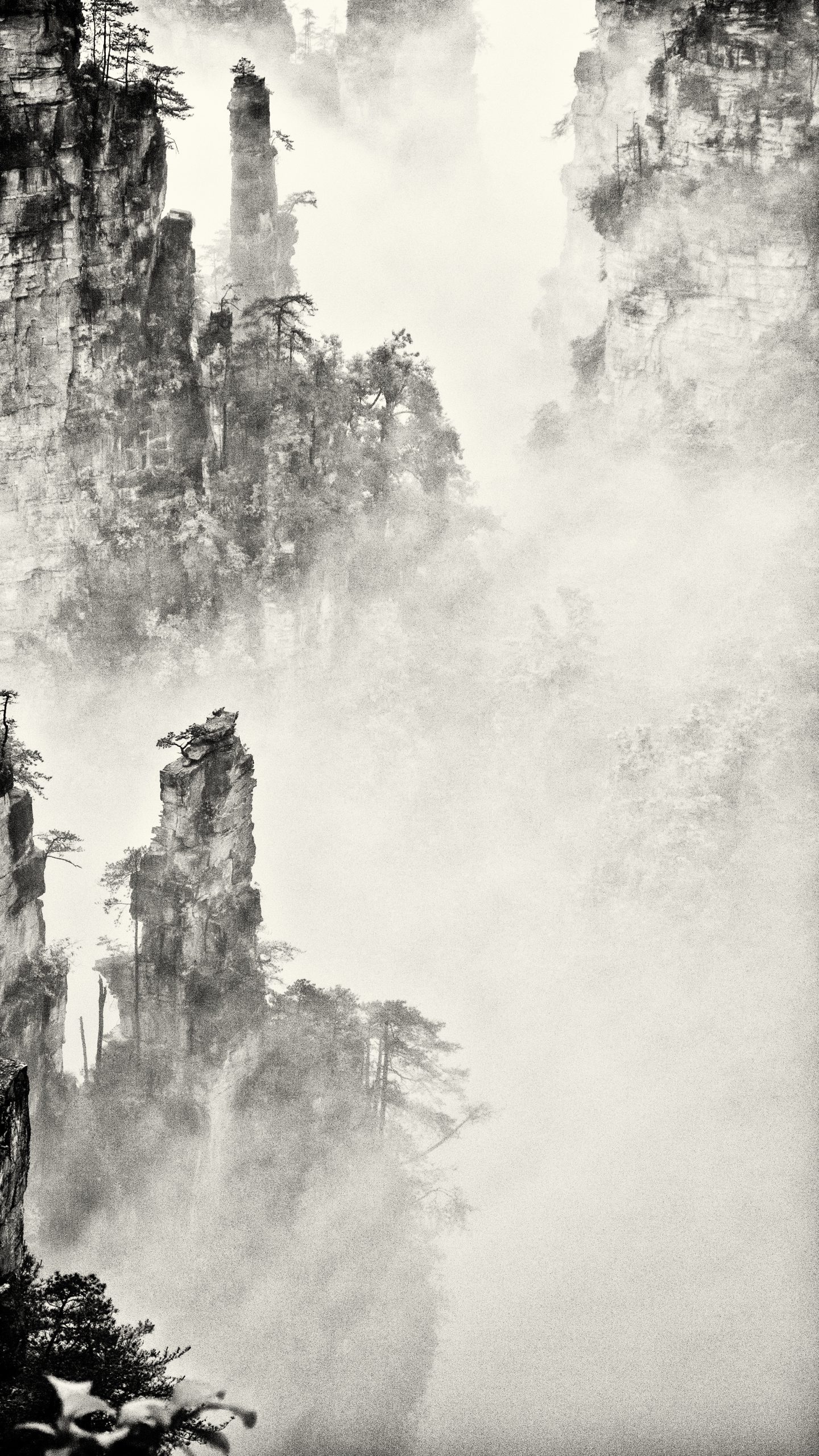
In the previous post I explored the use of fog or clouds. Chinese Landscape Art often combines clouds with the vertical landscape. In this shot I have tried to capture the flow of the clouds between the mountains. The stretched format provides more room to define the flow. In creating this Picture I used:
-
Landscapes: An Essay On Oriental Landscapes Part 7
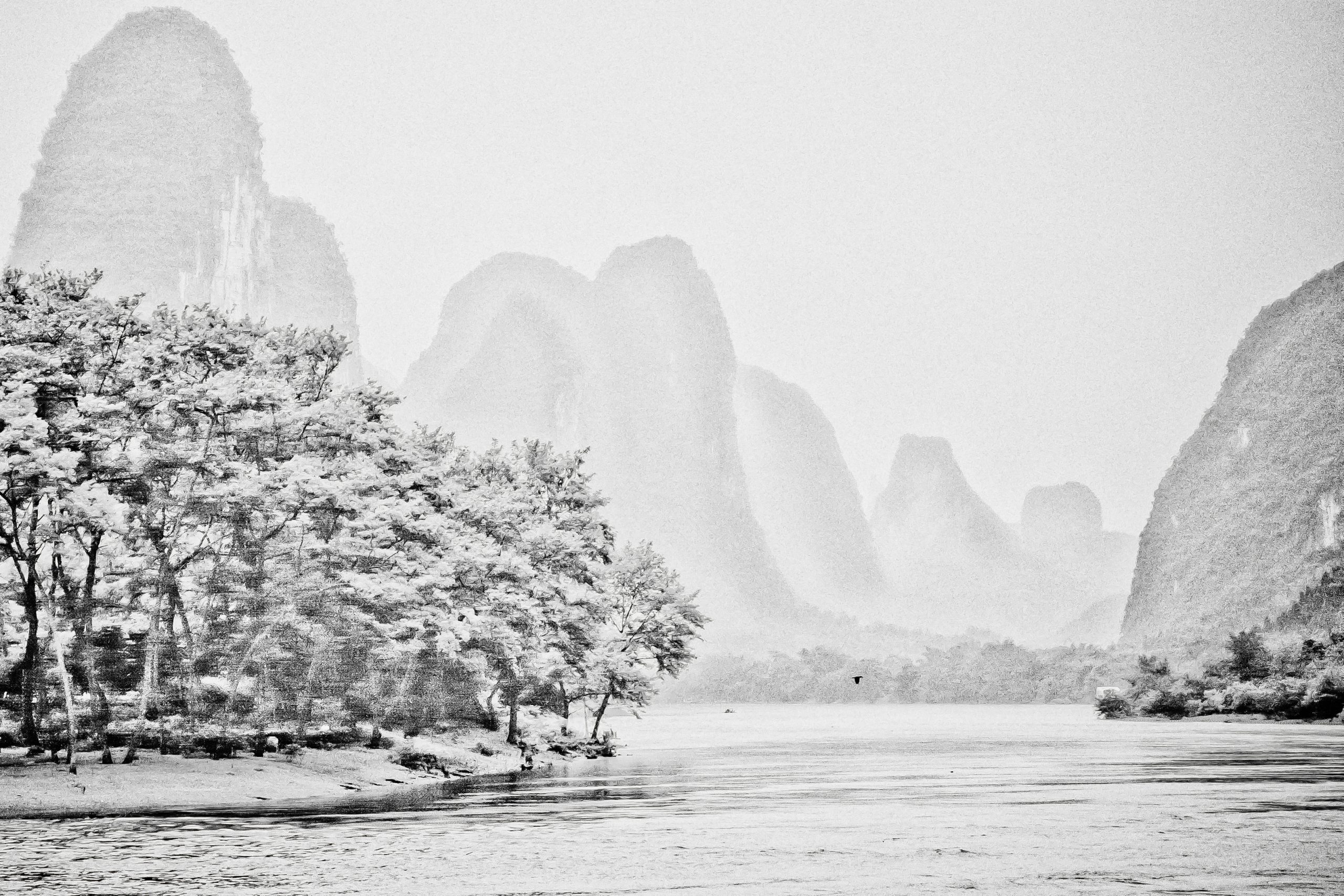
In the previous post I combined multiple elements together, including fog, mountains, and the elongated portrait format. Water is also an important and recurring element in Chinese Landscapes. But as I see it, it is one that highlights flow or movement within the frame, along with other elements that provide shape. In this example I…
